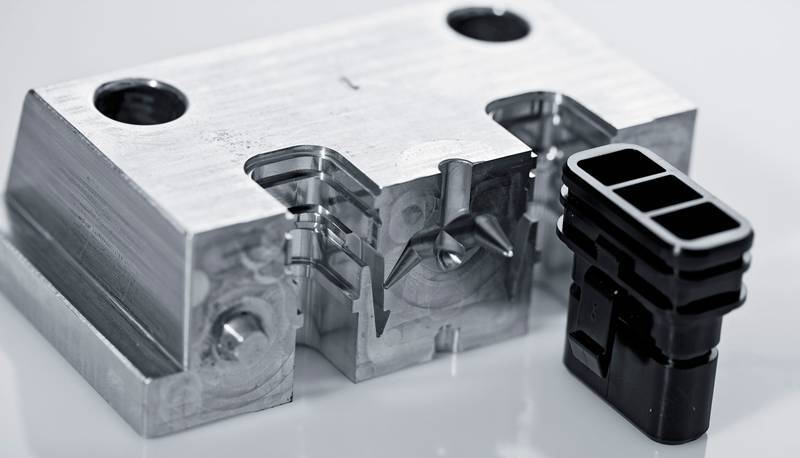Advanced Cooling Techniques Improve Mold Manufacturing Cycle Times
In the rapidly evolving field of mold manufacturing, advanced cooling techniques are proving instrumental in significantly reducing cycle times, enhancing productivity, and improving overall efficiency. Traditional cooling methods, which often relied on simple water channels, are being outpaced by innovative approaches such as conformal cooling, variothermal heating and cooling systems, and the use of advanced thermal materials. Conformal cooling, for instance, involves the use of 3D printing technology to create cooling channels that closely follow the contours of the mold. Unlike conventional straight-line channels, these custom-designed paths allow for more uniform cooling, effectively dissipating heat more evenly throughout the mold. This leads to a reduction in hot spots and internal stresses, which not only speeds up the cooling phase but also improves the quality and dimensional accuracy of the molded parts. As a result, manufacturers can achieve shorter cycle times without compromising on product quality. Another groundbreaking method is variothermal heating and cooling, which dynamically adjusts the mold temperature during the injection molding process.

By precisely controlling the mold temperature throughout the cycle, this technique mitigates the formation of defects such as warping or sink marks, which typically require additional time for correction and what is tpr material. During the injection phase, the mold is heated to ensure optimal material flow and fill, and then rapidly cooled during the solidification phase. This temperature modulation not only speeds up the production cycle but also enhances the mechanical properties of the final product by reducing residual stresses. In addition to these techniques, the integration of advanced thermal materials into mold design is making significant strides. High-performance materials like beryllium copper alloys, known for their superior thermal conductivity, are being used to create mold inserts that transfer heat more efficiently than traditional steel molds. These materials enable faster heat transfer from the polymer melt to the cooling channels, further accelerating the cooling phase and reducing cycle times. The use of such materials also contributes to better surface finish and dimensional precision of the molded parts, as the efficient heat dissipation minimizes the risk of deformation.
The implementation of advanced cooling techniques in mold manufacturing is not without its challenges. The initial investment in new technologies and materials can be substantial, and there is often a steep learning curve associated with integrating these methods into existing production lines. However, the long-term benefits, including reduced cycle times, higher production rates, and improved part quality, make these investments worthwhile. Companies adopting these advanced techniques are able to stay competitive by meeting the increasing demands for high-quality, cost-effective, and timely production. In conclusion, the advancement of cooling techniques in mold manufacturing represents a significant leap forward in the industry. By embracing innovations such as conformal cooling, variothermal systems, and advanced thermal materials, manufacturers can achieve faster cycle times and improved part quality. These techniques not only streamline the production process but also enhance the overall performance and reliability of the molded products. As technology continues to evolve, the adoption of these advanced cooling methods will likely become a standard practice, driving further efficiencies and advancements in mold manufacturing.